IMPA Code: 330978/ 79/ 80/ 81
IMPA Code: 330982/ 83/ 84/ 85/ 86
EN standards define 5 “Types” of application-based chemical protective clothing. But what do they mean and how do they differ from North American OSHA protection levels?
For a global business looking to standardize PPE in every regional base the need to meet multiple local standards and conventions is a challenge. When managing hazardous chemicals in the workplace an understanding of the differences between regions can be useful. This blog aims to explain the chemical protective clothing Types defined by EN standards, the OSHA Protection Level guidance used in North America, and to show where they are different or similar.

EN Standards for Types of Protective Clothing
The system launched in the European Economic Community in 1995 aimed to improve the levels of protection against workplace hazards by introducing a legal requirement that all PPE should meet minimum performance requirements. This was achieved through the publication of standards for PPE performance, with compulsory compliance being independently audited and approved by appointed “Notified Bodies”, and indicated on PPE labels by the now well-known CE mark.
 The CE mark on PPE is an indication it is certified to EN standards. Yet there are many fake products in the market place – especially outside Europe in regions where CE is increasingly used. Often such product looks certified, but isn’t. How do you know? Our blog here looks at how to identify properly CE marked PPE. The CE mark on PPE is an indication it is certified to EN standards. Yet there are many fake products in the market place – especially outside Europe in regions where CE is increasingly used. Often such product looks certified, but isn’t. How do you know? Our blog here looks at how to identify properly CE marked PPE.
|
For chemical protective clothing several CE standards define performance requirements according to the hazard; it’s state: liquid, dust, or gas, and in the case of liquids: light aerosol, liquid, or jet sprays. These define 5 “Types” of clothing according to level and type of protection provided.
A Notified Body is an organization appointed by an EU member government to audit specific types of PPE according to relevant standards and to issue a CE certificate based on that audit. For Safety Managers it is useful to know that certification and all required testing is conducted independently of the manufacturer. |
Meanwhile in North America no such mandatory or optional standards exist for chemical protective clothing. However, OSHA, the Occupational Safety & Health Administration, the government agency charged with “ensuring safe and healthful conditions for workers” has issued four “Protection Levels” as guidance for choosing PPE for protection against hazardous materials in the workplace.
The PPE or the Hazard? An Important Difference
A key difference between the approaches of Europe and America is that whilst European chemical suit standards focus product – in this case clothing that protects the skin of the wearer, with respiratory and ingestion hazards dealt with by other standards, the protection levels in America address whole body protection including, and treating as primary, protection against respiratory hazards. Thus, the OSHA levels address all the required PPE, considering respiratory protection as paramount, whilst the EN standards have different standards for different PPE.
(This distinction between product and hazard is also seen in other protection types. For example, the EN standard for fire fighters clothing, EN 469, defines requirements only for clothing, with other fire-fighters PPE being addressed by separate standards. In North America however, the equivalent NFPA 1971 standard considers requirements not only for clothing but also for helmets, gloves, boots and so on. It’s title refers to “…protective ensembles…” for fire-fighters rather than “fire-fighters’ clothing”. |
This means direct comparison of the EN standards and OSHA protection levels is difficult; there are no direct equivalents. However, below is an analysis of both and a summary of how they compare.
EN Standards for Chemical Resistant Protective Clothing
In EN standards all PPE is classified as follows: –
| Category I | Products designed to protect against minimal hazards |
| Category II | Intermediate products that are neither category I nor III |
| Category III | Products designed to protect against hazards that may cause serious injury or are a threat to life |
Note: All clothing for protection against hazardous chemicals is classed as Category III. Lightweight, breathable, single layer and low cost spunbonded polypropylene coveralls are NOT considered protective clothing as they offer little in the way of protection other than against dirt. S








